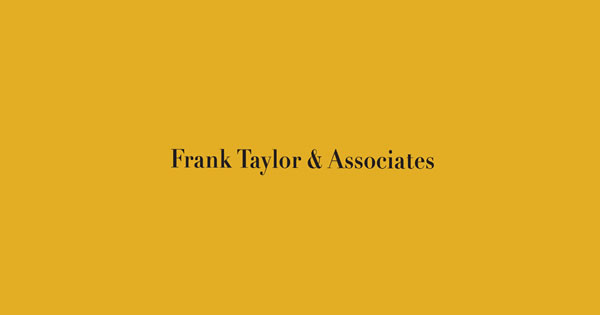Lis Hughes of Frank Taylor & Associates continues her discussion on how to increase the goodwill in your practice. Last month we looked at lease lengths and potential extensions, the benefits of doing work ‘in house’ rather than onward referring. This month we look at efficiency, maximising the return on your assets and what a healthy set of accounts might really look like.
It may seem obvious, but the greater the time you have a chair in your practice occupied, the greater the revenue for the practice. Take the example of a practice with a principal working five days a week and two associates and a hygienist each working three. Total capacity is 20 days per week (five days multiplied by four staff), yet occupancy is only 70% (14 clinical days are worked each week). This may drop further if staff are out of the surgery (for example on holiday, or training courses), so you can see how occupancy rates may drop to the 60-65% mark quite easily. I would always advise a practice to aim for 80% capacity at least, to better make use of the assets in the surgery and to allow a bit of a cushion or contingency against unexpected and temporary drops in chair occupancy.
Driving up chair occupancy should always be the primary focus before you consider adding an extra surgery. A new surgery doesn’t come cheap and doesn’t add to the goodwill value immediately. You’ll need to be confident you can recover the additional costs for the fit out, and remember, any new space won’t recover costs very quickly if the chair isn’t occupied!
Another key feature when trying to increase the goodwill of a practice for a sale is to ensure your accounts are healthy. Any buyer interested in buying your practice will ideally want to see steady growth and stable performance at the very least. Erratic “boom” and bust” results from one year to the next will not inspire anyone with confidence.
Given this, there are three key areas a buyer may look at.
Firstly, turnover – how much revenue does the practice generate?
Secondly, profit – is the practice bringing more in than it spends? Its ability to do so will determine the level of income a principal can draw and the speed at which repayment of any borrowings can be made.
Thirdly, cash – the payment for the profitable work the practice does. The old adage ‘cash is king’ is spot on as you need it to survive. The underlying operating profit may not appear in the accounts but can be adjusted via the goodwill calculation to add back non-essential or non-recurring items of expenditure.
One other point worth making is that profit and cash are not necessarily the same thing. There are many reasons for this, but a good example is if the practice purchased some software, and expected to use it over a period of, say, five years. You may pay the vendor up front (i.e. in year 1) for the software but use it for five years. The accounts would show a depreciation charge (say one fifth of the purchase cost) every year for five years. In this example you’d have a big cash outflow in year one, but your profit would be ‘smoother’ with the cost spread as a depreciation charge over five years.
In terms of growth, steady and consistent is key. Declining or loss-making practices can make buyers nervous, but so do rapidly growing practices in the year prior to sale. Buyers want to see consistency. This applies to the team in your practice too as a stable team says so much about the culture in a dental practice.
Across every element consistency and stability really do add to the goodwill value of your dental practice. After all, remember, the buyer of a dental practice pays for the past, but they are buying for the future.

















